
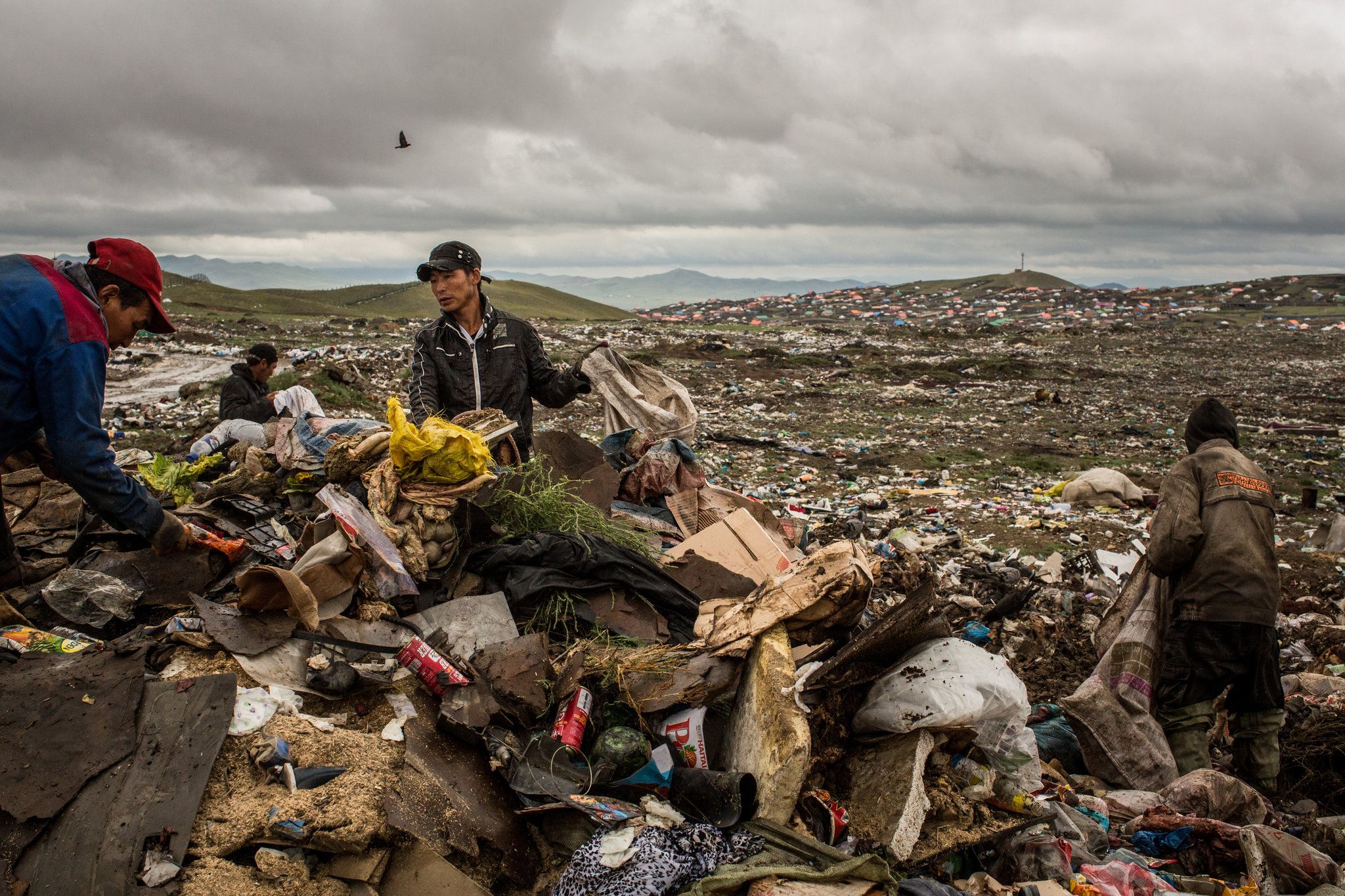
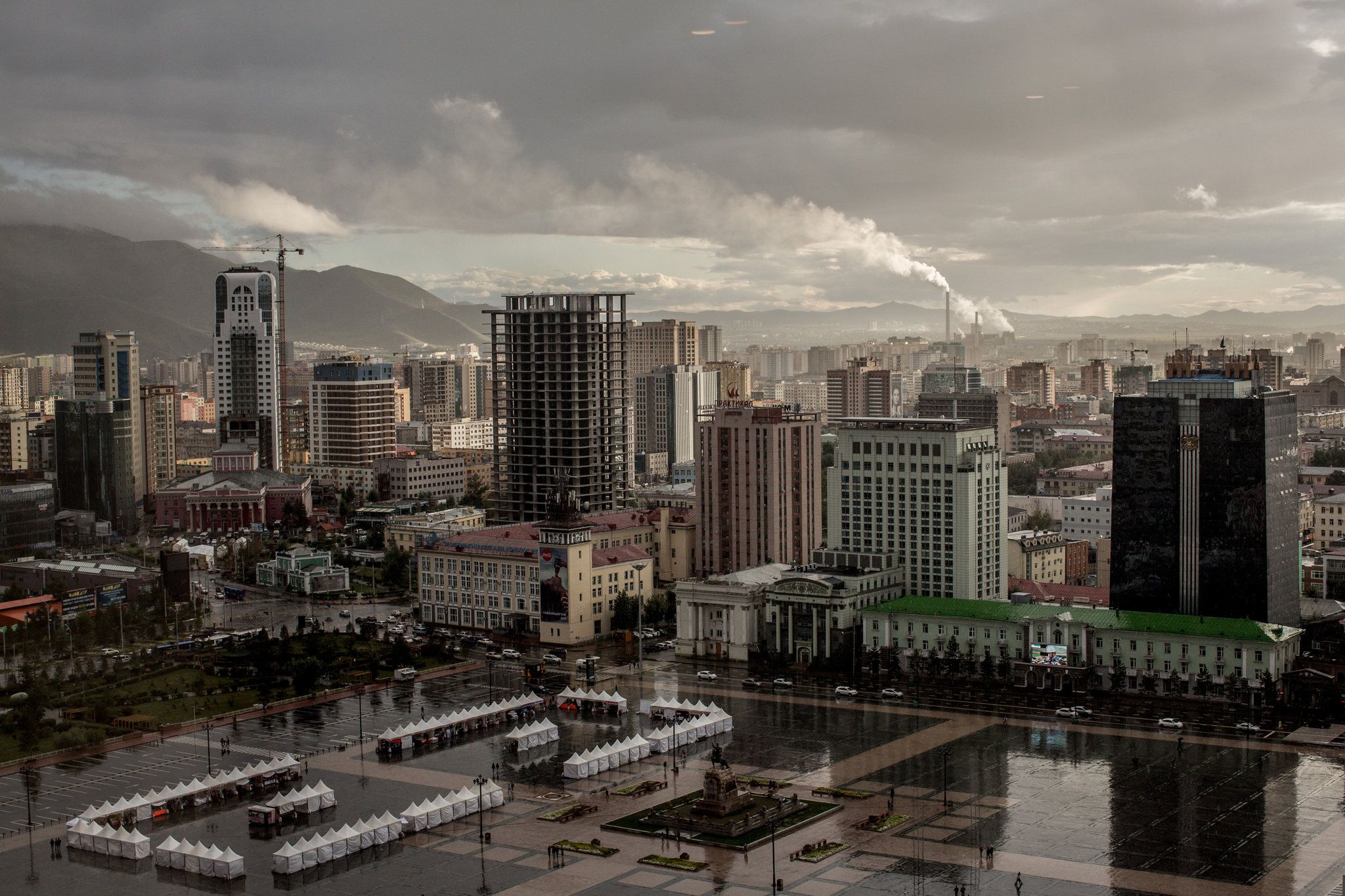
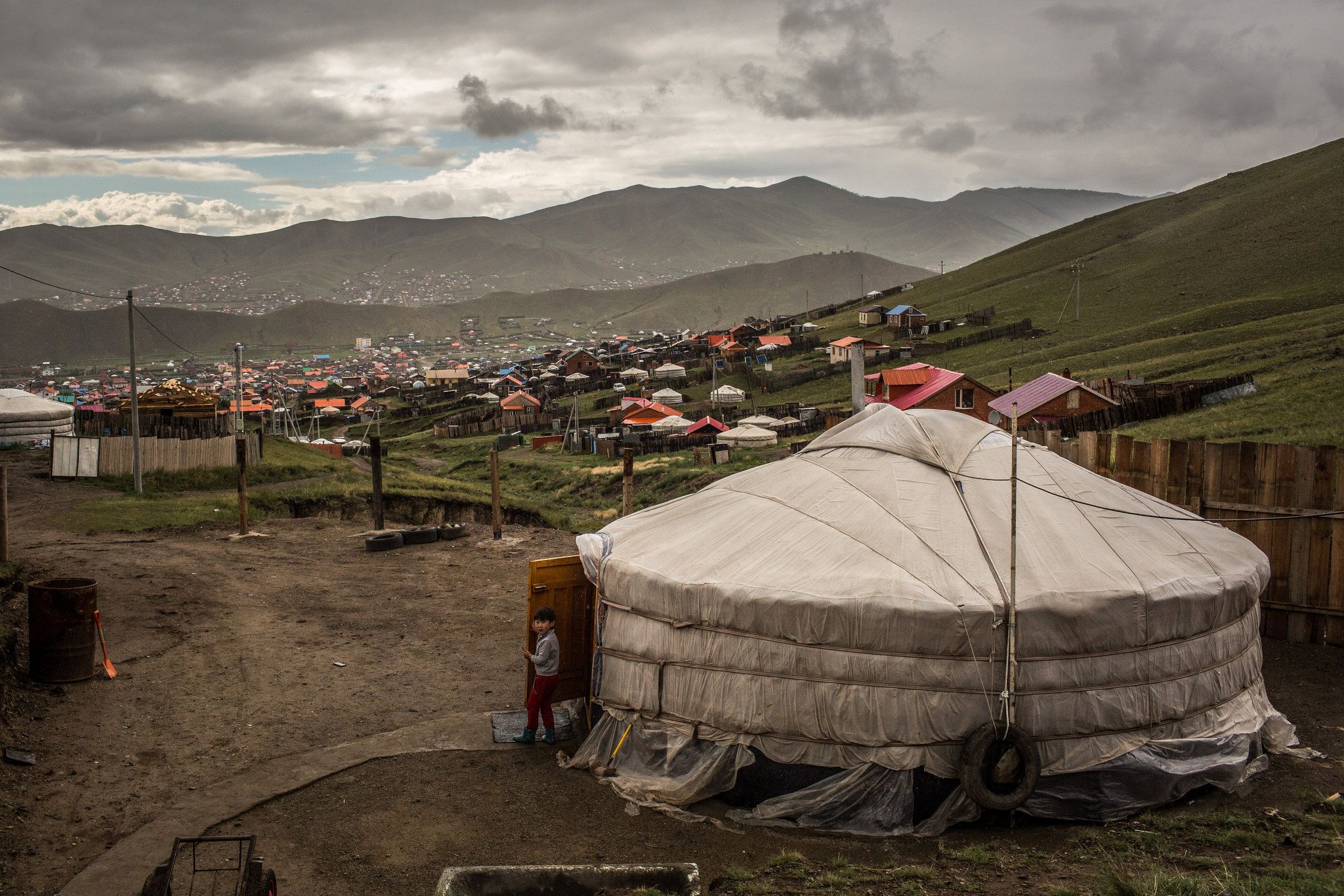
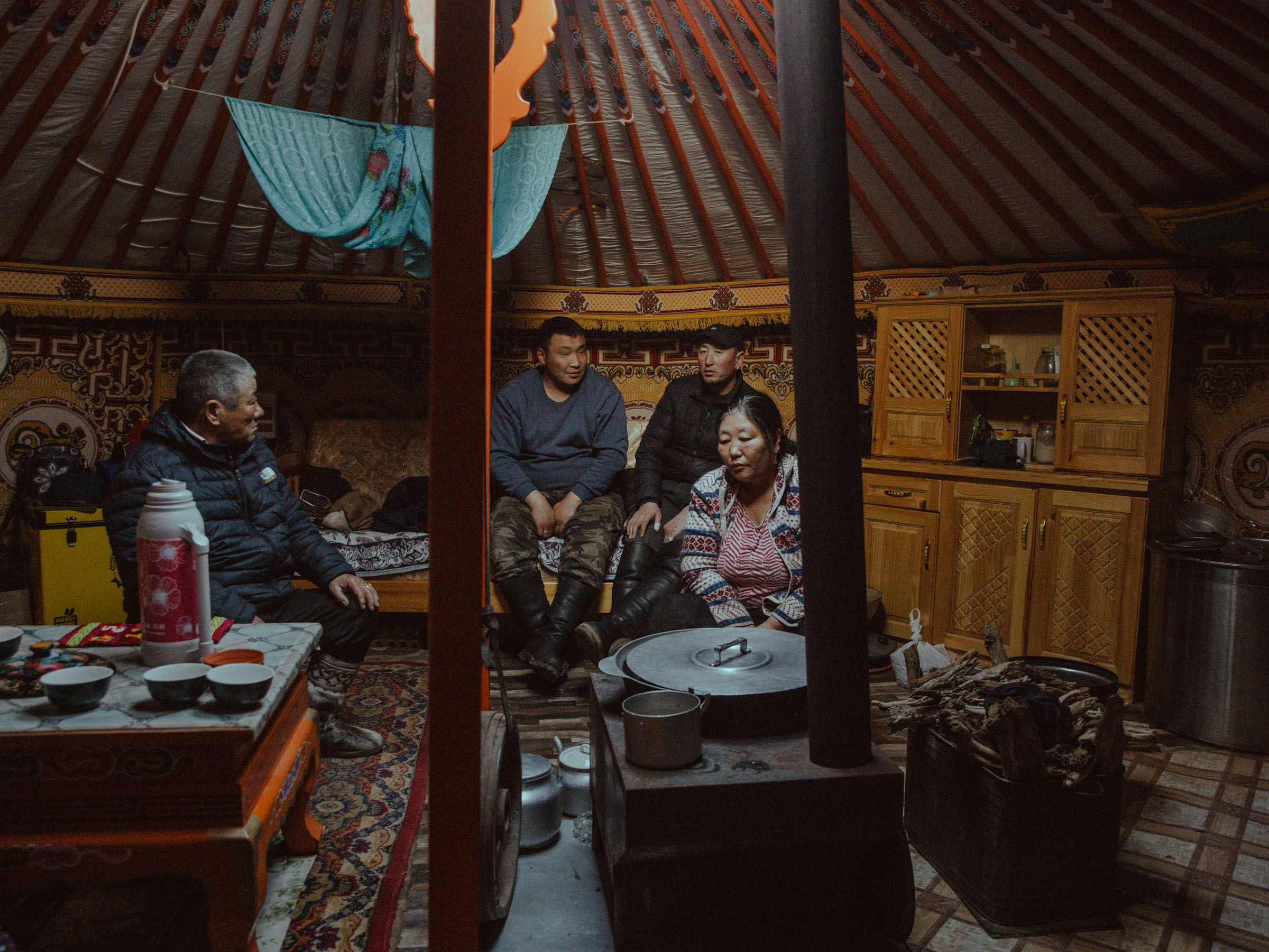
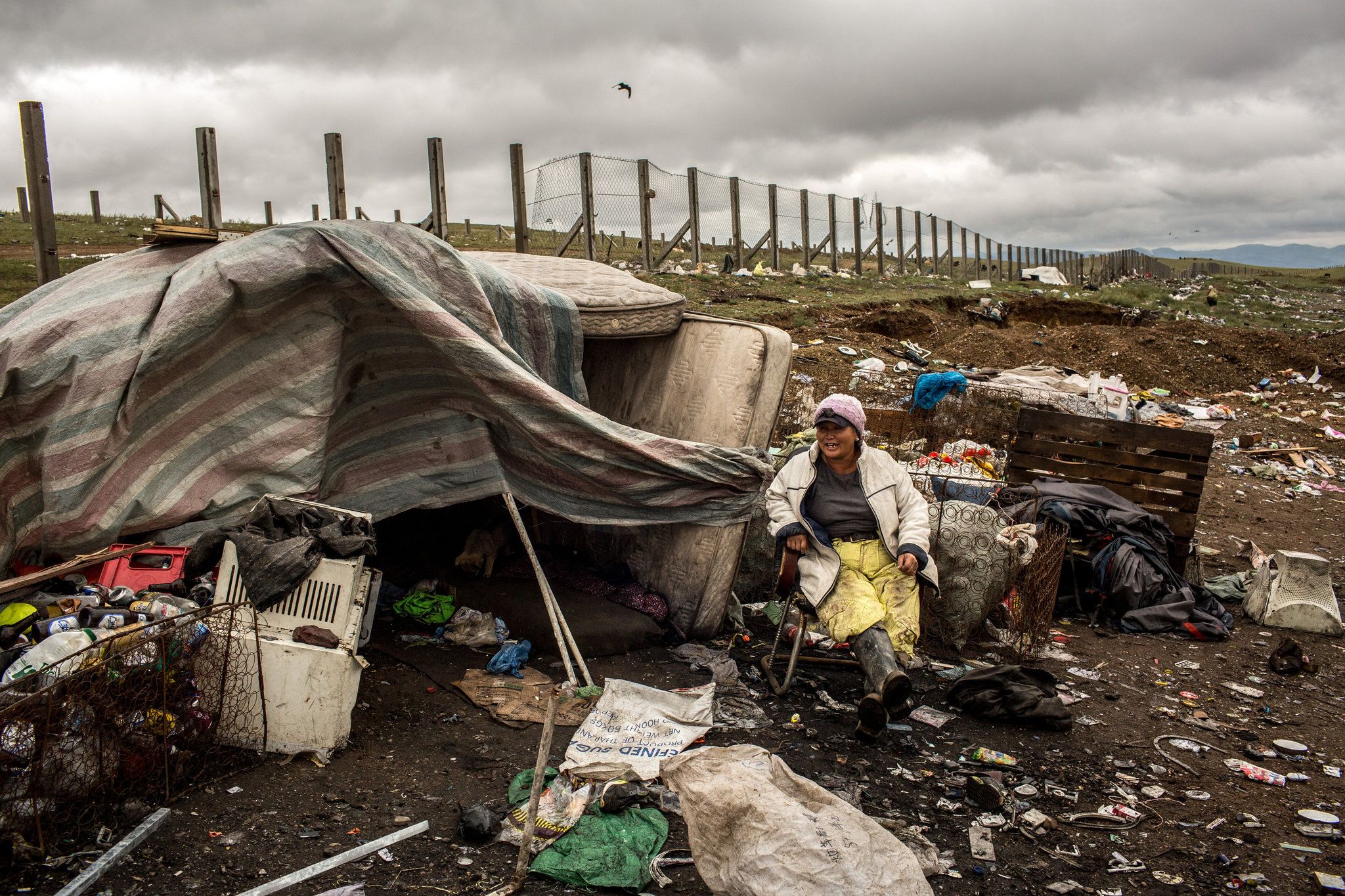
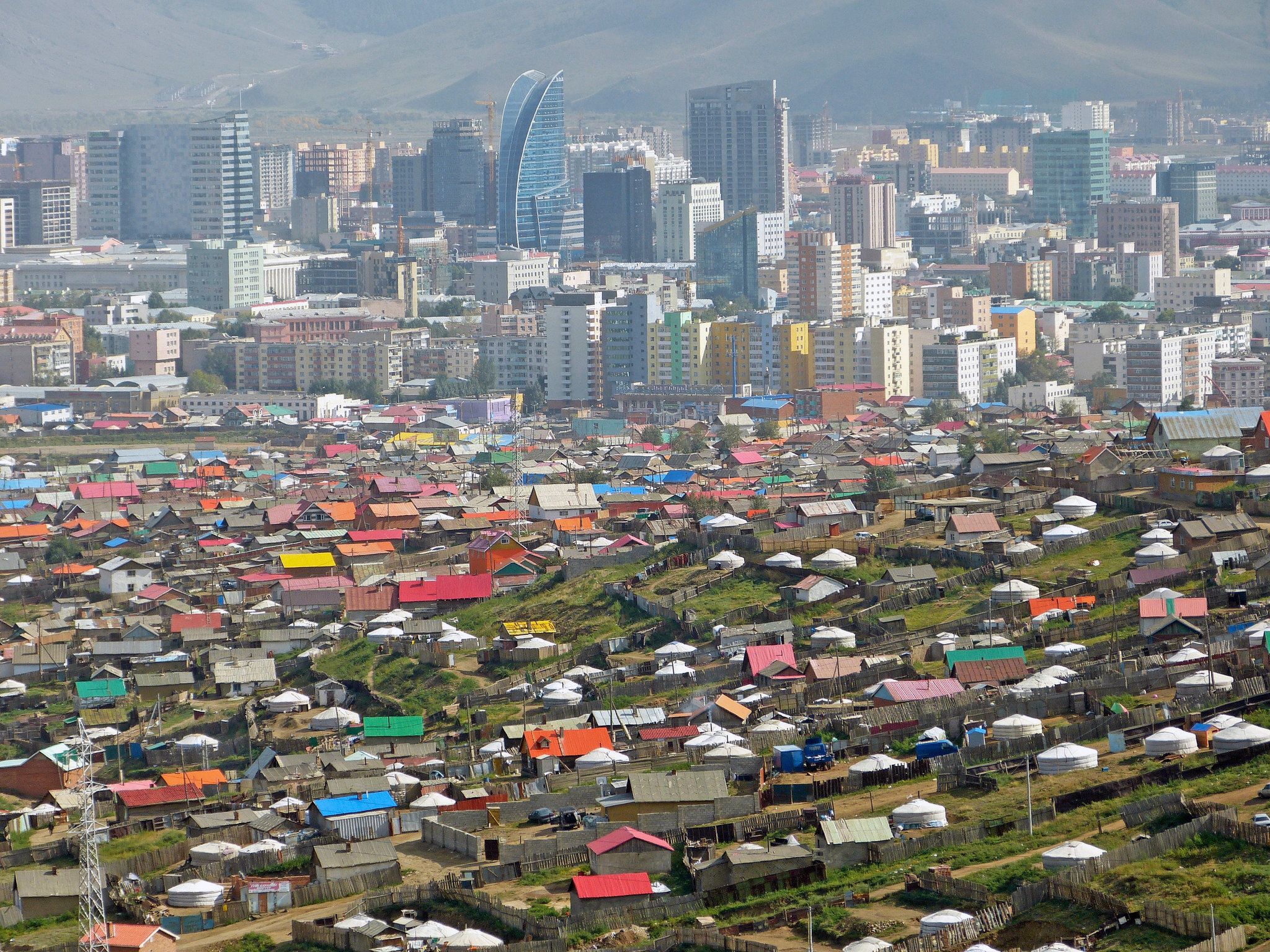
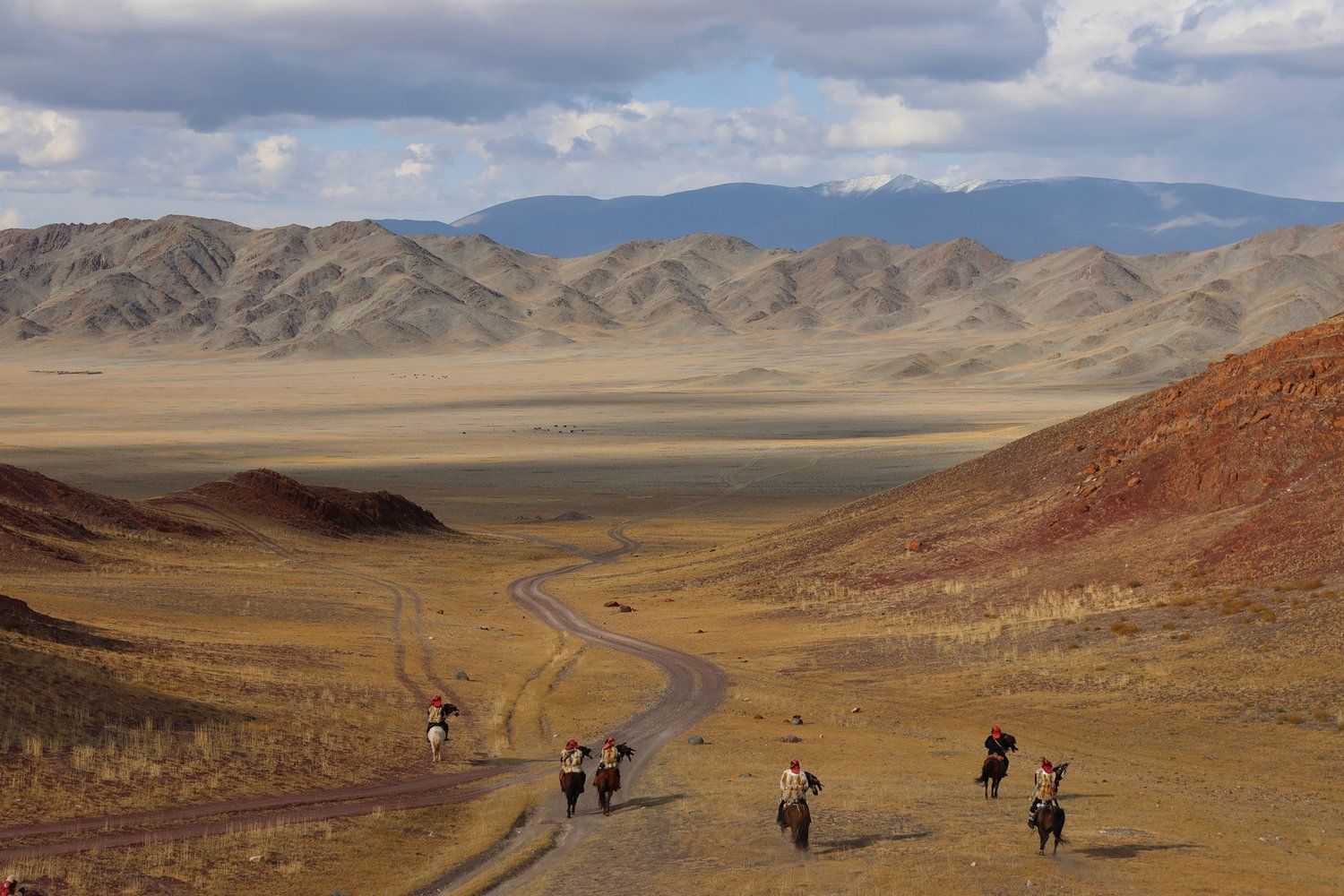
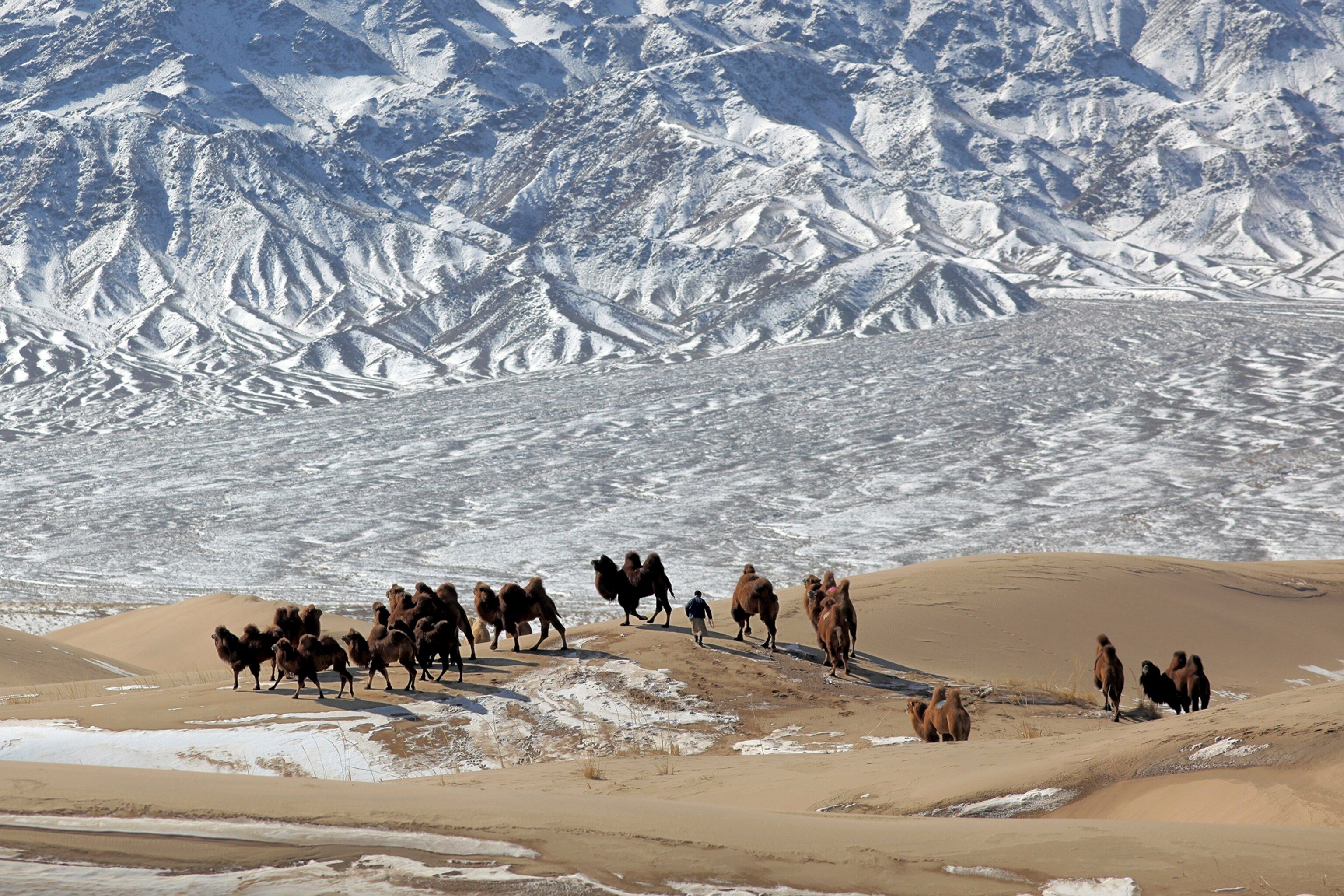
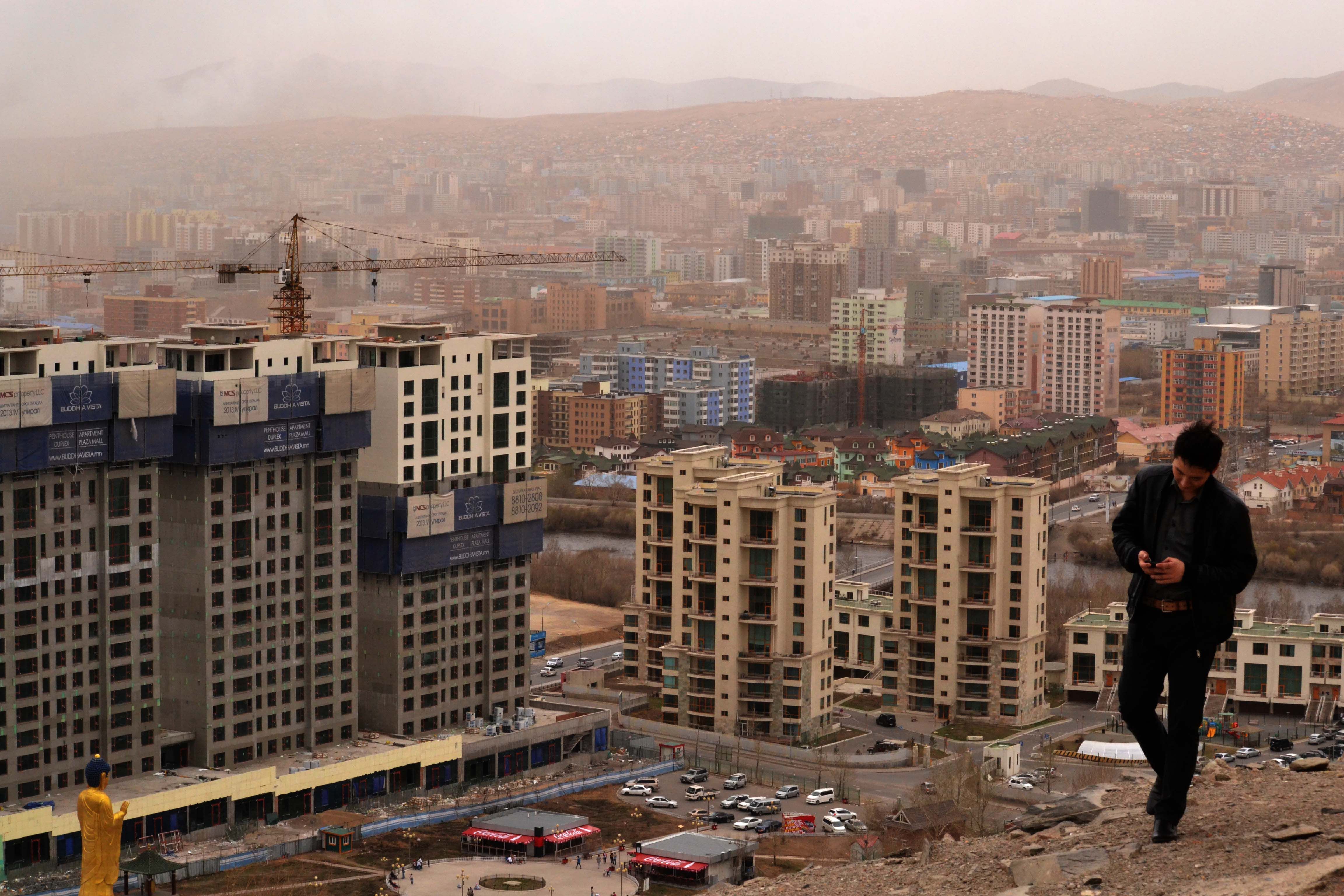
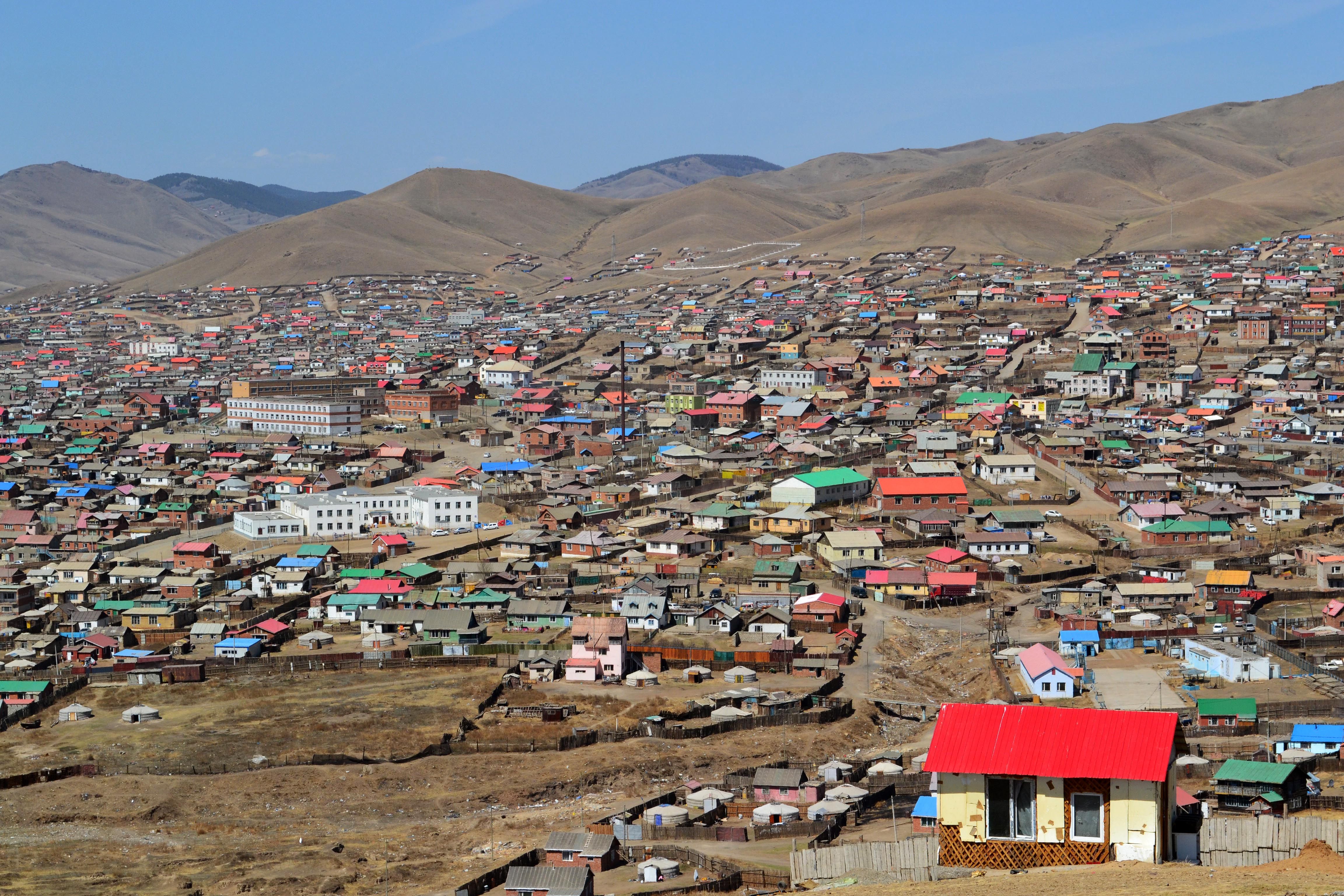
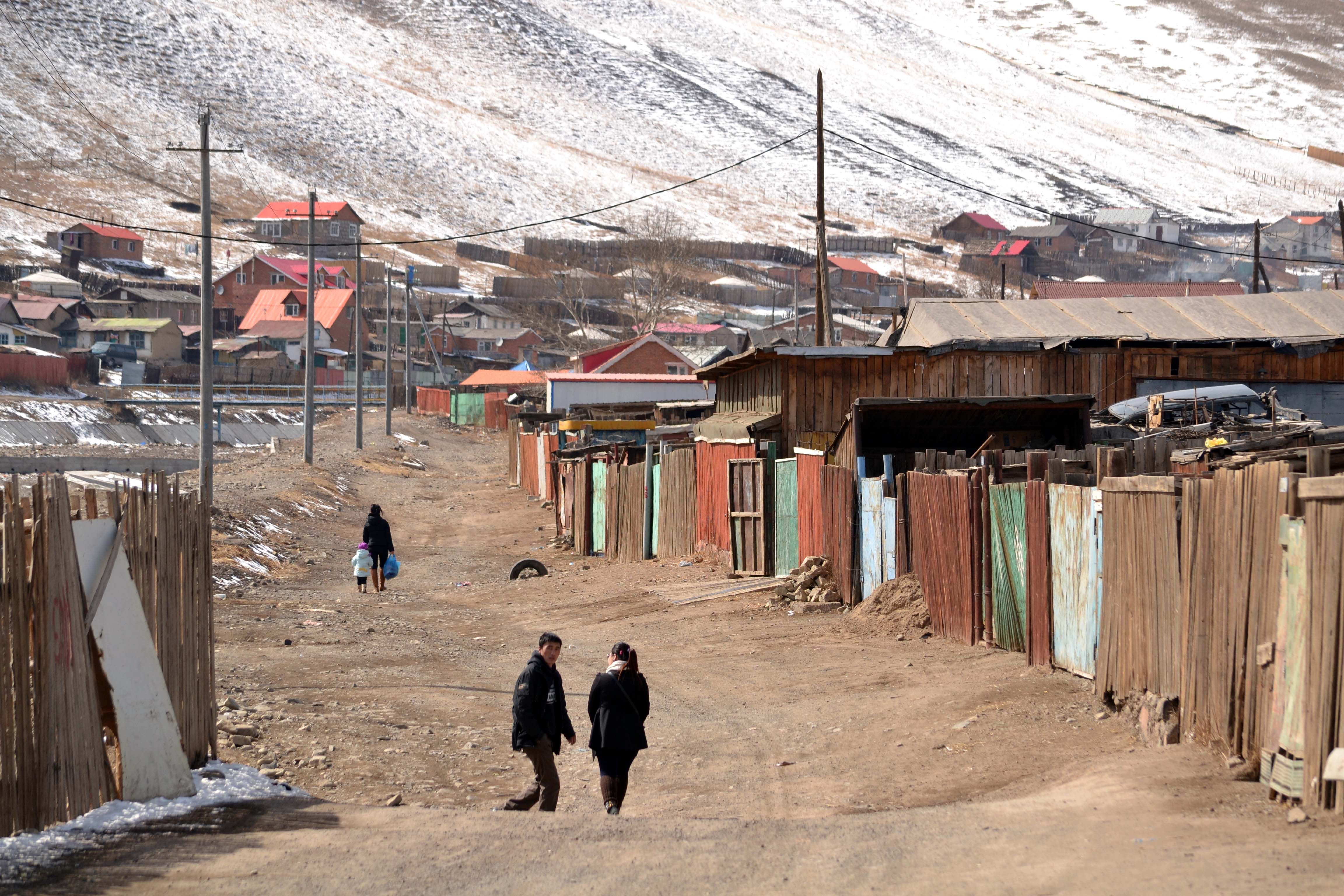
Founded in 1639, Ulaanbaatar is a nomadic capital which, over the centuries, has moved following the movements of merchants and shepherds along the course of the rivers; it was originally formed by an aggregation of gher – the traditional Mongolian circular yurt – which made a mass migration when the camp had been exploited to the limit of its possibilities and no longer offered acceptable conditions for men and herds. In 1911, with the proclamation of Mongolian independence from China, the city became settled and, under Soviet rule, tents gradually began to be joined by infrastructure, buildings and industry. Today Ulaanbaatar, located on the right bank of the Tola River, is the country's main political, cultural and economic centre and home to about half of Mongolia's population; its inhabitants continue to grow at the swirling rate of twenty thousand a year, driven from the steppe towards the capital by the relentless decrease of pastures caused by climate change and the complementary offer of stable employment linked to the flourishing mining industry. A snapshot of this tumultuous demographic dynamic is the endless expanse of nomadic yurts that gather north of the city and pose increasingly urgent questions in terms of social housing.
WISH aims to explore the phenomenon of urbanisation within the extraordinary natural context of Mongolia by working – in addressing collective housing projects – at the intersection of age-old housing traditions, new economic models and renewed environmental sensitivity.
Ten students from the Academy of Architecture of the Università della Svizzera italiana and five students
from the Mongolian University of Science and Technology will address the issue of collective housing in Ulaanbaatar. The group will take part in a study trip to Ulaanbaatar lasting about 10 days followed by a three-week design workshop in Mendrisio, at the Academy of Architecture.
Project by
Accademia di architettura Università della Svizzera italiana
Edition directed by
Martino Pedrozzi, professor Vincenzo Tuccillo, teaching assistant
In cooperation with
Mongolian University of Science and Technology (MUST) – Department of Architecture MUST professor: Dr. Tsovoodavaa Gantumur, Director of the Architecture Department, School of Civil Engineering and Architecture
With the participation of
Zolzaya Lkhagvasuren, Consultant, Swiss Agency for Development and Cooperation (SDC)
Workshop
in Ulaanbaatar
6 – 16 July 2025
in Mendrisio
21 July – 9 August 2025
Workshop presentation
6 March 2025, 18:30, room C3.88
Application
Application form Deadline for submitting applications 30 March 2025
Credits
7.5 ECTS